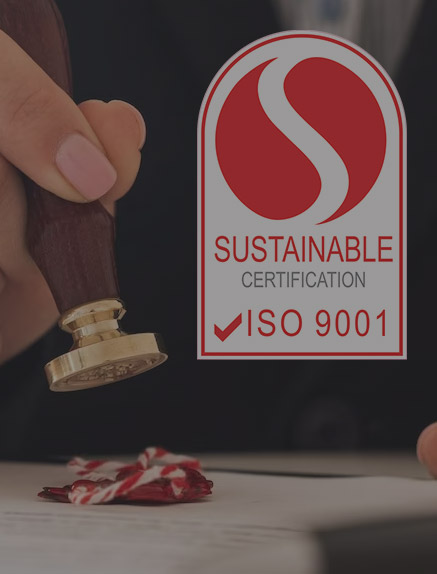
ISO 9001 is a standard that outlines requirements for quality management systems. It was first published in 1987 by the International Organization for Standardization (ISO), a non-governmental organization that develops and publishes standards for various industries and sectors. Since its inception, ISO 9001 has been updated several times, with the most recent revision being published in 2015.
The ISO 9001 standard is based on several key principles, including a focus on customer needs, continuous improvement, and a process-based approach to quality management. To achieve ISO 9001 certification, an organization must demonstrate that it has implemented a quality management system that meets these principles and is able to consistently deliver products or services that meet customer requirements and comply with applicable regulations.
The Benefits of ISO 9001 Certification
ISO 9001 certification offers several benefits to organizations. Firstly, it demonstrates to customers and stakeholders that the organization is committed to quality and is able to consistently deliver products or services that meet their needs. This can help to build trust and confidence in the organization, which can lead to increased customer loyalty and repeat business.
Secondly, ISO 9001 certification can help to improve the efficiency and effectiveness of an organization’s operations. By implementing a quality management system that focuses on continuous improvement and process optimization, organizations can identify and address inefficiencies in their processes, which can lead to cost savings and improved productivity.
Finally, ISO 9001 certification can help organizations to comply with regulatory requirements. Many industries have specific regulations that organizations must comply with in order to operate legally. By implementing a quality management system that is aligned with ISO 9001, organizations can demonstrate to regulators that they have effective processes in place to ensure compliance.
The Process of Achieving ISO 9001 Certification
Achieving ISO 9001 certification requires a significant amount of effort and commitment from an organization. The process typically involves several stages, including:
- Gap Analysis: The first step is to assess the organization’s current processes and procedures against the requirements of the ISO 9001 standard. This helps to identify any gaps that need to be addressed in order to achieve certification.
- Planning: Once the gaps have been identified, the organization needs to develop a plan to address them. This may involve implementing new processes, training employees, or making changes to existing procedures.
- Implementation: The plan is then put into action, with the organization implementing the new processes and procedures that are required to meet the ISO 9001 standard.
- Internal Audit: Once the new processes and procedures have been implemented, the organization conducts an internal audit to ensure that they are working effectively.
- Certification Audit: Finally, the organization undergoes a certification audit by an independent certification body. If the audit is successful, the organization is awarded ISO 9001 certification.
Conclusion
ISO 9001 certification is a valuable achievement for Prompt Legal Services. It demonstrates a commitment to quality, customer satisfaction, and regulatory compliance, and can lead to a range of benefits, including increased customer loyalty, improved efficiency, and cost savings. Achieving ISO 9001 certification requires a significant investment of time and resources, but Its benefits make its well worth the effort.


